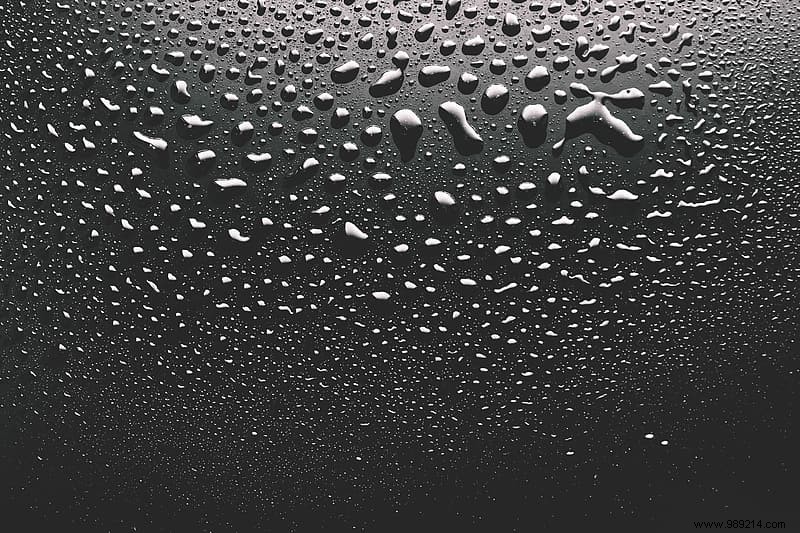Jean-François Berthoumieu, president of the Association Climatologique de la Moyenne Garonne (ACMG) leads a research group. He is now interested in the possible link between air humidity and the spread of Covid-19. Findings from this research could lead to better decisions in the future in the event of a new lockdown.
Each day brings its share of discoveries about the new coronavirus. What if the humidity of the air had a link with the spread of the epidemic of Covid-19? This is the question currently being asked by the European research group ClimAlert, led by Jean-François Berthoumieu, president of the Association Climatologique de la Moyenne Garonne (ACMG). He is usually interested in climate-related issues.
Questioned by La Dépêche in an article of April 20, 2020, the climatologist recalls having been affected, he and his family by Covid-19. However, the doctor treating Jean-François Berthoumieu had made a remark to him that challenged him. The practitioner asked him to eliminate the water points that could facilitate the spread of the virus . Following this remark from the doctor, Jean-François Berthoumieu decided to focus the next meeting of the ClimAlert project on the possible link between air humidity and the spread of the virus.

The climatologist says that researchers based in Murcia (Spain) associated with the project have already taken a first step. They have a platform for mapping soil aridity. So they started comparing their maps with those of the number of people infected with Covid-19. Nothing is certain yet, but it would be possible to correlate the areas most affected by the virus at a hygrometry (air humidity level) greater than 50%.
Jean-François Berthoumieu also reminds us that the droplets we project disappear more quickly in dry air. Thus, this research could make it possible to adapt the restrictions related to the movement of people. In other words, the humidity level could indicate whether to leave your home or not.
This type of question takes us back a decade, when the avian flu (H1N1) epidemic hit France in 2009. At the time, the climatologist had already was questioned by a researcher. The latter had noticed that waterfowl (geese, ducks, etc.) drinking spring water or water distributed by communities were less affected than those drinking from lakes and other rivers . At that time, no definitive answer had emerged since the epidemic was short. Thus, this possible link between water and the virus is still subject to uncertainty.